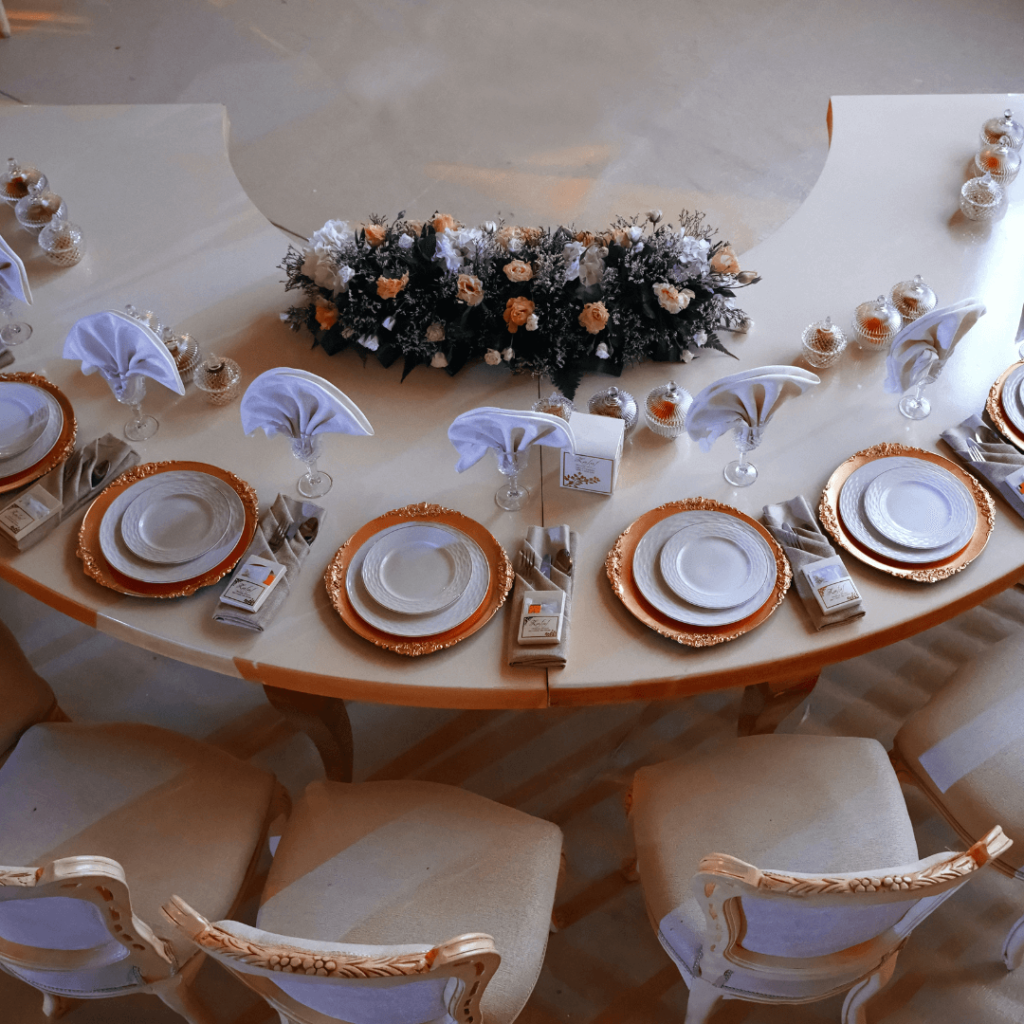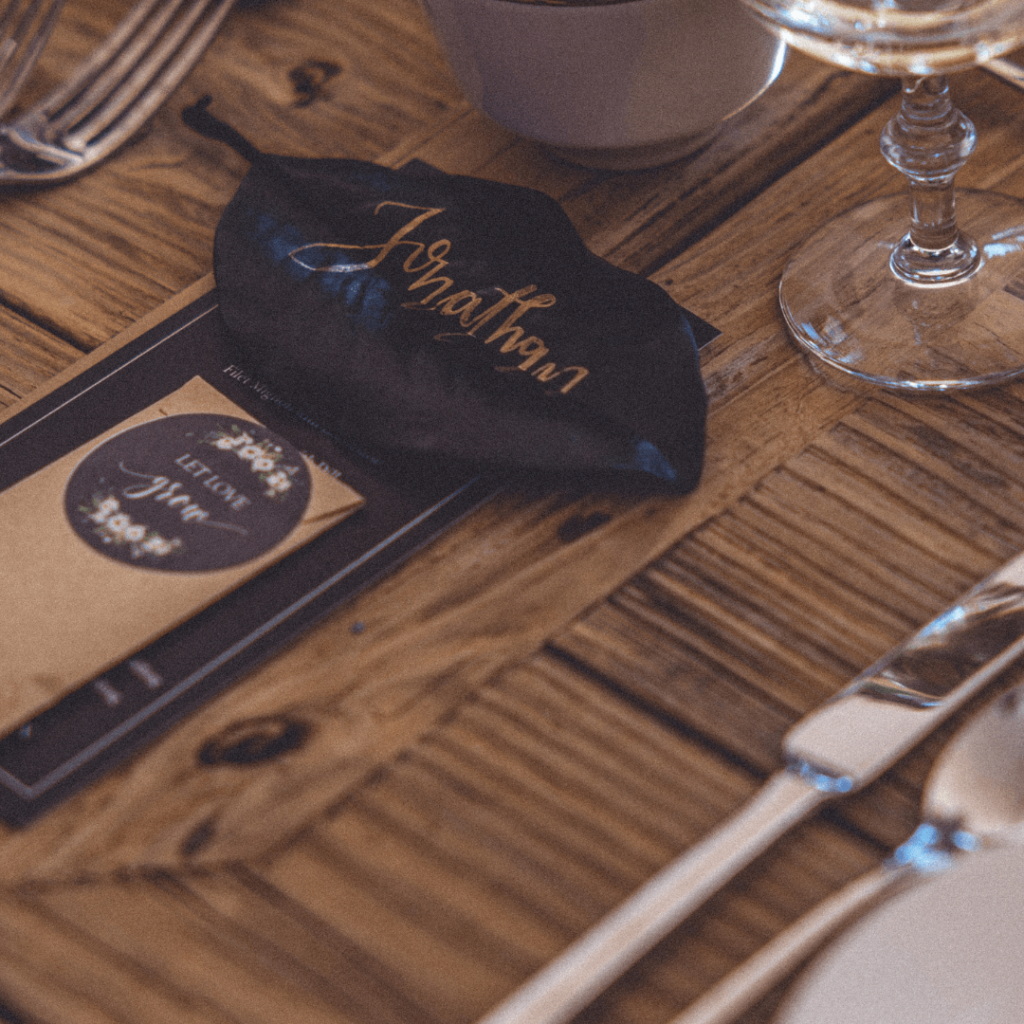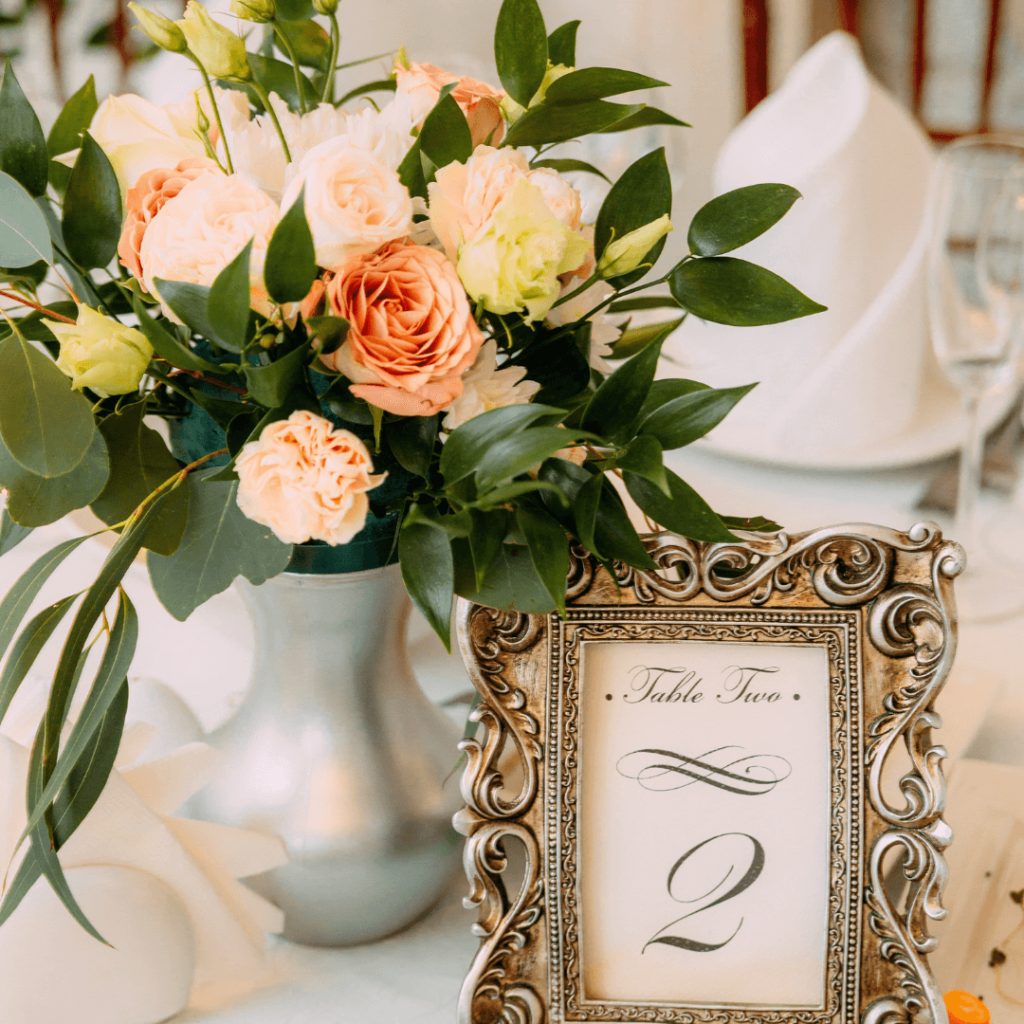How to create a table plan?
In any job, there is always that task that we avoid doing because…well, we simply do not like it. The longer we wait, the harder it will get. So, once the date and the venue are confirmed, I always advise my clients to start working on the seating plan. No matter the type of event you are hosting, creating a table plan involves thinking,strategy and (why not?) fun.
The seating arrangements at an event are an integral part of the event’s success. It can be challenging to determine the most convenient way to seat your guests. However, with careful planning and organization, you can create a comfortable and enjoyable experience for everyone. Here are some tips to prepare your table seating for your event:
The seating chart
The first step is to create a seating chart. For instance, at a wedding you want to start by grouping guests based on their relationship to the bride and groom. Consider seating immediate family and close friends at tables closest to the head table, and grouping other guests based on their interests and personalities.
In the case of a corporate event, like a client’s presentation, you want to group the participants by sector, including a sales representative by table. For a fundraising or gala event, you will need to dig a bit deeper into the research as you may need to gather people strategically, depending on the aim of the event, their personal likes and dislikes, wishes and requirements, etc.

The table layout
Once you have your guest list and seating chart, determine the table layout for your reception. Make sure you take into account the number of guests and the size of the venue when planning a reception.
There are a number of choices when it comes to tables, including round tables and long rectangular tables. For some specific types of events you may want to use U-shaped form tables.

The seat assignment
Along with creating the seating chart, assigning seats is a brainteaser. Seat assignment is when you place each guest at the table. Once again, you would like to do some research and try to find people with the same interests.
To promote conversation, “the rule” is to intercalate men and women. Therefore, you will need to separate couples. In some cases, you may not be required to assign seats, but it could be fun and facilitate the purpose of the event.

The table settings
As part of the art of the table, place settings should match the table’s décor. For a more personalized touch, you could add a small gift to each place setting.

The table decoration
The elegant and cohesive look of your tables will definitely complement the theme of your event. Still, when choosing the elements of decoration bear in mind the invitee’s conversations. I would recommend avoiding high arrangements when you cannot see the person in front of you.

The lighting
Lighting can greatly impact your event’s atmosphere. Besides using the inbuilt lighting, you may want to incorporate some candles, string lights, or uplighting to add a warm glow to your reception.
Additionally, I would like to emphasize that you should be able to modify the light intensity during the event.
When eating dinner, for instance, it is best to see what you are eating, and when bidding at a live auction, you need to follow it through with a catalog as well. On the other hand, if there is a show it is better to dim the lighting to appreciate the performance.






